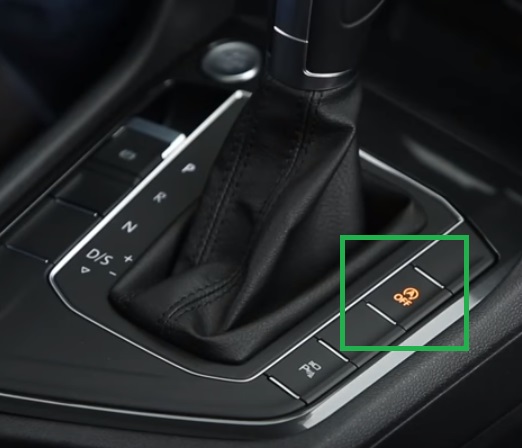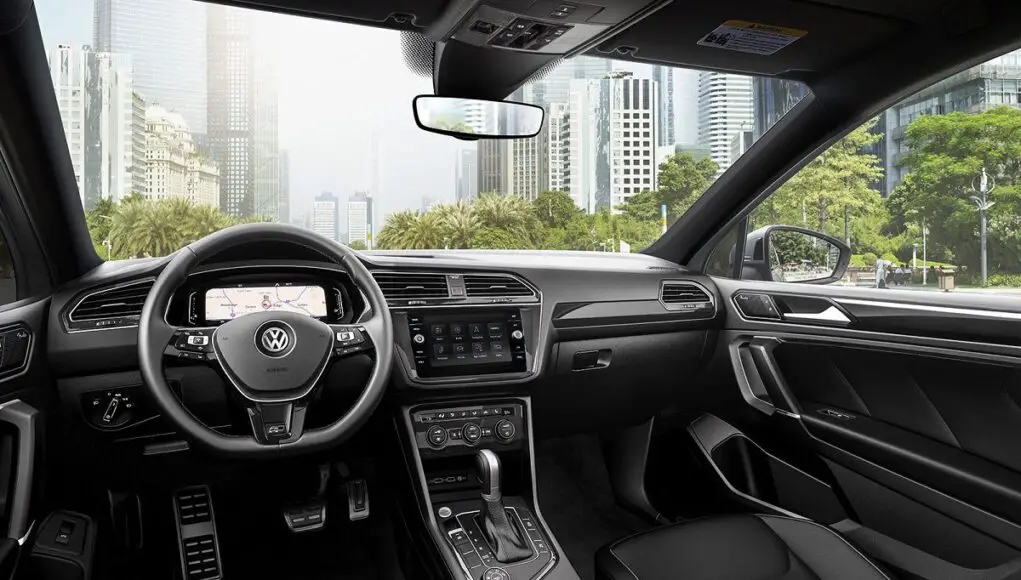Pressing a button every time they drove was so inconvenient, they MacGyvered a permanent solution.
*By reading on, you understand and agree to the disclaimer posted at the end of this blog post.
Getting cars to sip less fuel while increasing overall power is a challenge engineers working on regular gas engines face every day. A leap forward to reach that elusive MPG goal is the start-stop system. As the name suggests, a bit of programming means, given a set of conditions, your car will automatically shut off at a stop when you don’t need fuel.
Most newer model Volkswagens have start-stop baked in.
Does Start-Stop work?
Yes, but it depends. Start-Stop was engineered for city driving so, naturally, if you drive around a lot in the city, you’ll save more gas. Edmunds.com carried out their own study and could get around 10 percent better MPG in mostly city driving.
Their test saved them roughly .90-1.50 between two cars over an 80 mile test loop. Extrapolating, given the average American drives around 13,500 miles a year, that’s at least a $150 fuel savings over a year. This test was done around Nov 2014 when gas was around $3.66/gallon in California.
If you live in Rural America where you might stop a dozen times on your trip to the store and back, the fuel savings from start-stop are negligible and pressing a button every time can get annoying.
How can you turn it off temporarily?
Volkswagen gives you a dedicated “start-stop shut off” button you have to press every time you go out for a drive. It looks like this. Basically, when pressed, it’s Volkswagen legal handshake with you, that you’re voluntarily turning off their Start-Stop system.

How did some Volkswagen owners permanently disable start-stop for good?
There are two popular methods Volkswagen owners used to disable their start-stop systems, a cheap Emulator Start-Stop Memory module that requires hardware modification, and a potentially cheaper (if you have the equipment) software fix using a dedicated VCDS/VAG-COM cable.
The first method via TiguanForums.co.uk requires purchasing a dedicated Start-Stop memory module for around $30 that, when installed, “remembers” your last start-stop setting (in this case, off, ) stores it “forever” and, upon ignition, means your Volkswagen will already be off.
Here’s a video of that install.
According to Videgro.net, the less risky way to disable the start-stop system is using a dedicated VCDS/VAG-CON cable with the appropriate software. If you don’t have a VCDS/VAG-CON cable, a post on VWAtlasForum.com says you can buy an $80 OBDEleven Pro Scan Tool and accomplish the same thing.
As mentioned, Start-Stop only runs if there are a set of met conditions, mainly that, as per Videgro.net’s post,
- “The energy consumption may not be too high (air-conditioning etc.) this is measured by the voltage of the battery;
- Temperature of the engine not too low;
- Outside temperature not too high/low;
- Driving without a trailer (you can also fake a trailer by a dummy trailer plug).”
What these Volkswagen owners did was change the “start/stop battery voltage limit from 7.6 to 12.0.” That’s it.
Basically, this tricks their Volkswagens into thinking that 12 volts, measured at the battery, is too low, and, with one condition not met, won’t shut off your engine. How clever is that!
*Disclaimer: Permanently disabling your start-stop system might make your car illegal to use on road. This blog post is SOLELY an exercise to see how clever and handy some owners are, changing their cars (their own property) as they see fit. If you modify your Volkswagen in a manner as described above, do so at 100 percent your own risk and I take zero responsibility for your actions if you cause damage or harm to you, someone else, your car, someone else’s, and/or incur fines (or the like) because of disabling your start-stop system.





Desatiualuzado, isso é somente para veículos 2019!